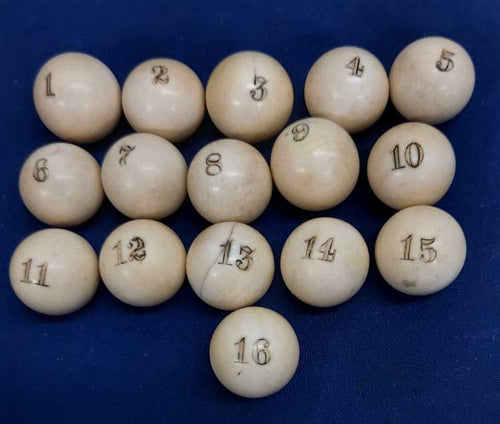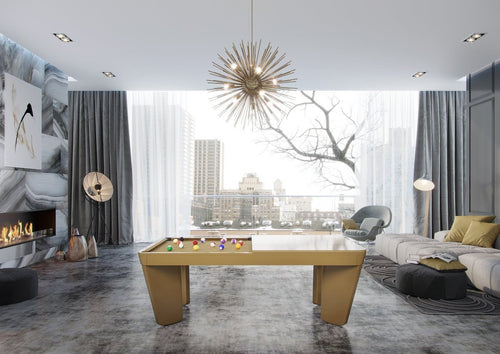Enjoy our modern designs
Estimated Read Time: 8 mins |
The kingdoms of Cambodia, Thailand, and Indonesia each wove their own architectural tapestries between the eighth and fourteenth centuries CE—an age when Europe was forging churches of stone and glass. Yet in these tropical realms, timber gave way to massive stone; Hindu myth and Buddhist cosmology shaped every carved relief; and geometry served both ritual meaning and aesthetic harmony.
Cambodia’s Temple Cities
Deep in the Cambodian jungle, the Khmer rulers conceived city-temple complexes that defied scale. Angkor Wat, begun under Suryavarman II in the early eleventh century, unfolds across three concentric galleries, each rising higher until its central tower pierces the skyline. Visitors step through towering gopuras (entrance pavilions) into vast, open courtyards whose walls are alive with bas-reliefs. Soldiers in battle, processions of elephants, and scenes from the Ramayana march across more than two thousand feet of continuous sculpture—an unbroken visual epic.
A few miles away, Jayavarman VII reshaped Angkor Thom into his own spiritual capital. At its heart stands the Bayon temple, its causeways flanked by hundreds of serene Buddha faces staring east and west. Inside, narrow galleries teem with carvings of everyday life: rice planting, animal husbandry, naval skirmishes on the Mekong. Shrines set deep within the towers once housed colossal Buddha statues, their placid gaze meant to guide both king and commoner toward enlightenment.
Thailand’s Bell-Shaped Reverence
In Thailand, the hilltop stupas of Ayutthaya and Sukhothai became emblematic of Buddhist presence and royal power. Their bell-shaped forms rise from square terraces into graceful curves, leading the eye upward toward sacred relics enshrined within. Wat Phra Sri Sanphet, the royal temple of Ayutthaya built in the fifteenth century, hides its inner sanctums behind painted chambers and rich murals that narrate Jataka tales.
Yet Thai design never shunned the new. Centuries later, when Bangkok’s Grand Palace rose along the Chao Phraya River, its wooden halls and gilded spires married indigenous craftsmanship with European flourishes. Corinthian columns stand beside ornate pediments carved with Garuda and naga, hinting at how an open court welcomed foreign envoys and their ideas without diluting the core of Thai identity.
Indonesia’s Cosmic Geometry
On the volcanic plains of Java, Borobudur emerges as the largest Buddhist monument ever built. Its nine stacked platforms—five square, three circular—ascend like a stepped mandala, culminating in a colossal stupa crowned by smaller perforated stupas housing Buddha images. Some scholars point to the use of Fibonacci sequences and the Golden Mean in Borobudur’s layout, suggesting that cosmic order was as important here as devotional practice.
Not far off, the towering spires of Prambanan pay tribute to Hindu deities. The Siva Temple of Loro Djongrang, erected around 900 CE, stands on a perfect square base, its three main towers aligned with the cardinal points. Once plastered and painted in brilliant reds and whites, these walls would have glowed at sunrise—now timeworn stone still bristles with intricate reliefs of gods, dancers, and mythic beasts.
A Parallel World to Medieval Europe
While European cathedrals rose in pointed arches and vaulted naves, Southeast Asian architects carved their own path. Byzantine domes and Gothic buttresses never crossed the Bay of Bengal; instead, local faiths—Hinduism and Buddhism—shaped temple layouts, relief programs, and spatial symbolism. Stone replaced wood not because of Western precedent but due to abundant volcanic rock and a desire for monuments that withstood monsoon rains and conveyed divine authority.
At the same time, regional exchange kept ideas flowing across the archipelago. Khmer artisans lent their masonry know-how to Cham and Thai builders; Javanese pilgrims brought back Buddhist concepts that mingled with native animist traditions. Through these internal dialogues, each culture infused borrowed elements with fresh meaning, resulting in shrines and palaces that speak of both shared roots and individual brilliance.
Timeless Echoes in Stone
The temples of Angkor, Ayutthaya, Borobudur, and Prambanan stand today as silent symphonies in stone. Their terraces, towers, and galleries invite us to walk through myth and ritual, to feel how rock can embody cosmology and kingship. Although separated by thousands of miles from Europe’s medieval kingdoms, these Southeast Asian marvels share a common purpose: to connect earth and heaven, ruler and deity, community and cosmos.
In studying them, we glimpse how architecture becomes more than shelter or status symbol—it transforms into a living canvas of belief, memory, and artistry that endures long after empires fade.


















